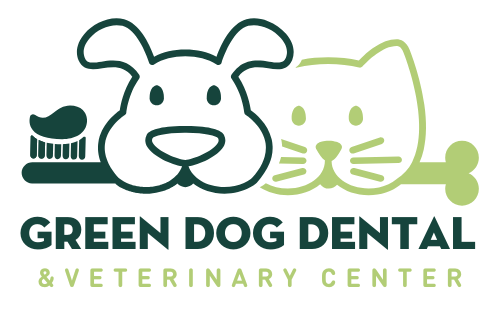
Did you know that puppies lose their teeth just like kids do? It’s true! When they are very young, puppies have what are known as “milk teeth” or “baby teeth”. They are very sharp (as any puppy owner can attest to) and are much smaller than adult canine teeth. Green Dog Products has some tips so you can understand what is happening with your dog's teeth!
And whether you notice it or not, every puppy loses their baby teeth to make room for the adult ones. Lots of people panic if they come across a puppy tooth that has fallen out. Many times, the puppy will simply swallow the tooth, but once and a while a tooth finds its way onto the floor.
WATCH FOR THE BABY TEETH!
If you find baby teeth scattered around your house when your puppy is about 4 or 5 months old, don’t worry! It’s a totally natural process and your puppy isn’t in any pain. In fact, if you would like, you can even keep a tooth or two as a memento of the glorious puppy days.
AFTER PUPPYHOOD
Once puppyhood is over, however, loose teeth become a sign of dental disease rather than a normal part of growing up. There are many reasons why an adult dog may have a loose tooth.
It could be a product of decay, an infection, a trauma, or simply as a result of chewing something so roughly that it has dislodged a tooth from the gum. If the loose tooth is in the front, it may be pretty easy to identify just by looking at your dog’s mouth.
If you are routinely brushing your dogs’ teeth, it will give you plenty of opportunity to notice if any of their teeth are loose or if trouble is brewing. If you don’t, or you simply can’t get a good look even when you do brush their teeth, there are some signs of a loose tooth in dogs to watch out for:
DOGGY BAD BREATH
Bad breath. Infection or advanced gum disease case bad breath. If the tooth is loose because of periodontal disease, bad breath will usually accompany it. If you notice your dog’s breath is stinkier than usual, it wouldn’t hurt to bring them to the vet to check their teeth for cracks or looseness.
RED OR BLEEDING GUMS
Redness or bleeding along the gum line. This is another sign of periodontal disease that can lead to a loose tooth. Your dog’s gums should be pink and shiny. If you notice redness or bleeding, it is a sign that something is amiss and should be evaluated by a vet.
EXCESSIVE DROOLING
Excessive drooling. The drool may also be tinged with blood, or you may also notice bleeding when your dog is playing with a chew toy or near their food and water bowl. Excessive drool, with or without blood, is one of the ways your dog says, “my mouth is hurting”.
PAWING THE MOUTH
Pawing at the mouth. A dog with a loose tooth is likely in pain, or discomfort at the very least, and may paw at their mouth in an attempt to figure out what the problem is. If you notice your dog pawing at their mouth more than usual, it could be a loose tooth or dental issue and needs veterinary attention. If properly treated, a loose tooth in dogs can be remedied relatively easily.
Most of the time, the vet will pull the tooth and prescribe antibiotics and a tooth scaling to remedy any infection and get their remaining teeth as clean as possible. As always, regular care of your dog’s teeth at home is one of the best ways to prevent problems and find them when they occur!
